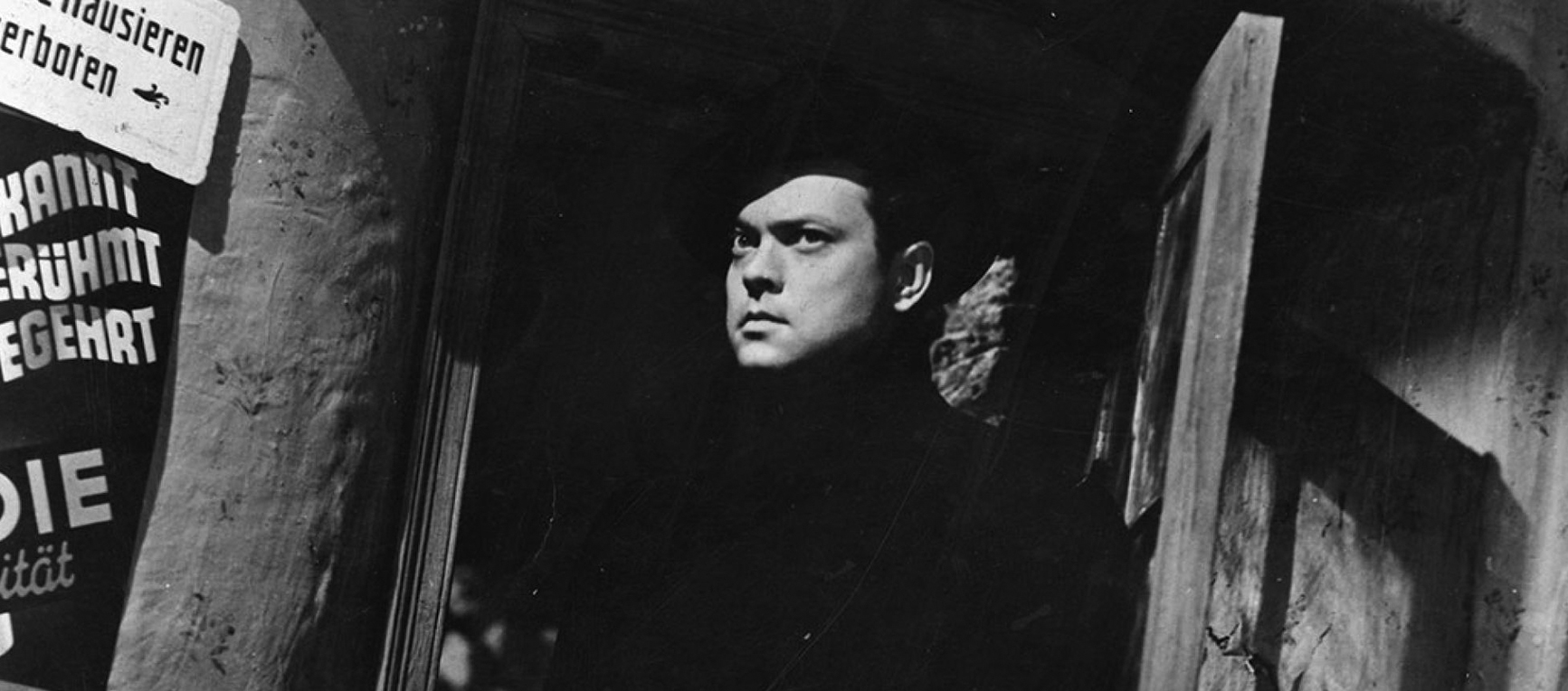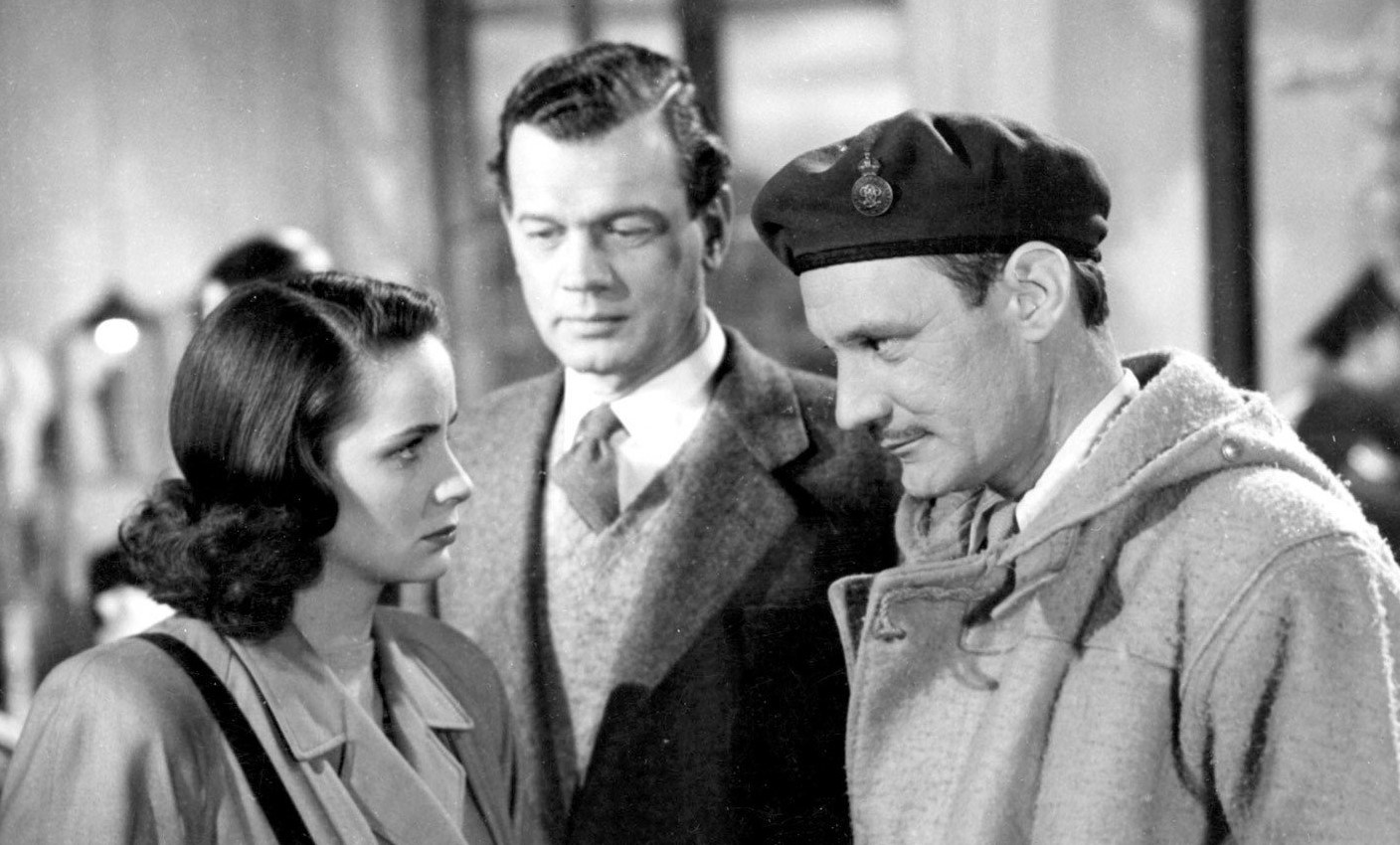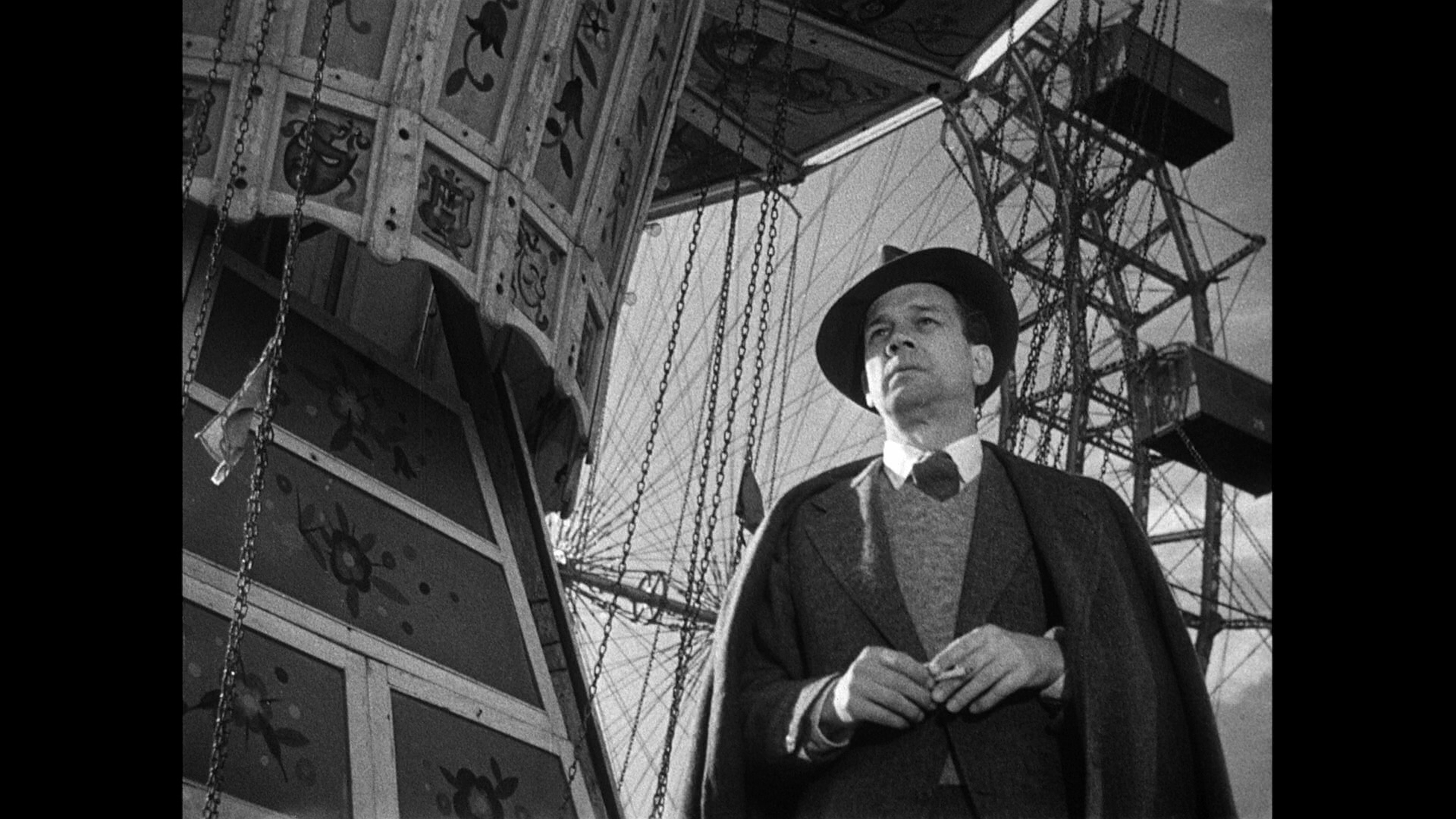LONDON – “I never knew the old Vienna before the war with its Strauss music, its glamour and easy charm. Constantinople suited me better.” So begins the greatest black and white British thriller of all time: The Third Man. In the British version, it’s a English accented voice that speaks, purportedly the director himself, Carol Reed. In the American Holly Martins (Joseph Cotton) provides the voice over more conventionally.

The novella Graham Greene wrote preparatory to writing the screenplay – essentially a treatment – is actually narrated by Major Calloway (Trevor Howard), but here the characters have become American. Originally, Cary Grant was to play Martins and Noel Coward, Harry Lime, before Robert Mitchum replaced him. Mitchum went to jail for marijuana possession and Orson Welles, who producer David Selznick didn’t want, took over in order to raise money to complete his film Othello. Joseph Cotton, one of Welles’ Mercury players, was cast to play Martins.

Filming began in the winter of 1948 on location in Vienna with the permission of the four powers that governed the city. The story sticks closely to Greene’s original story. Martins, a dime store novelist, arrives in Vienna, responding to an invitation from his friend Harry Lime, only to find Lime has been killed in a car accident. Martins suspects something is up but his investigations lead him to fall in love with “Harry’s girl” – Anna, played by a wonderfully tragic Alida Valli. Nothing is quite as it seems and from compromises and amoral speeches on the top of Ferris wheels to a deadly shootout in the Vienna sewers, a winding narrative of corruption slinks from beginning to end to the melancholy kitsch of Anton Karras’ zither music.

Robert Krasker’s cinematography presents a mixture of stylish expressionism and striking naturalism. Reed’s Dutch angles – the slants he often uses to frame his pictures – provoked fellow director William Wyler to gift him with a spirit level, so he could make sure the camera was true to the horizontal before he made his next film. The ensemble is startling good. From Trevor Howard’s brutal pragmatism; to the gentle Bernard Lee as Sergeant Paine; Wilfred Hyde-White steals scenes as a silky literary type and Ernst Deutsch appears as the weasel like Baron Kurtz. Cotton is fine as Martins but it is Welles who jog in and snatches the film from everyone.

From his first doorway appearance to his famously self-penned speech in the fairground, Welles so owns the screen that speculation was rife that he had actually directed the picture, a misconception that Welles only belatedly corrected. The ending of the film was one point of contention between Greene and Reed. Greene wanted a happy ending and Reed wanted something colder and more ambiguous. In the end Reed got his way and Greene admitted to realising he had been “triumphantly wrong”. The Third Man was a hit and would prove to be Welles’ key role, and one he would play again on the radio.
The character of Lime was the slippery centre of enduring fascination and rumour has it that Greene based the character on Kim Philby who he worked with in the British secret service and who he thought untrustworthy. In this case he was proved terribly right. The Third Man is a Mittel-European film noir of lasting beauty, surpassing wit and heartfelt sadness. An almost unique combination of talents working at the height of their powers and a triumph of post-war cooperation, even as it pessimistically cast a weary eye over the state of play at the close of the decade.
Why Stand By Me remains the quintessential coming-of-age movie






Leave a Comment